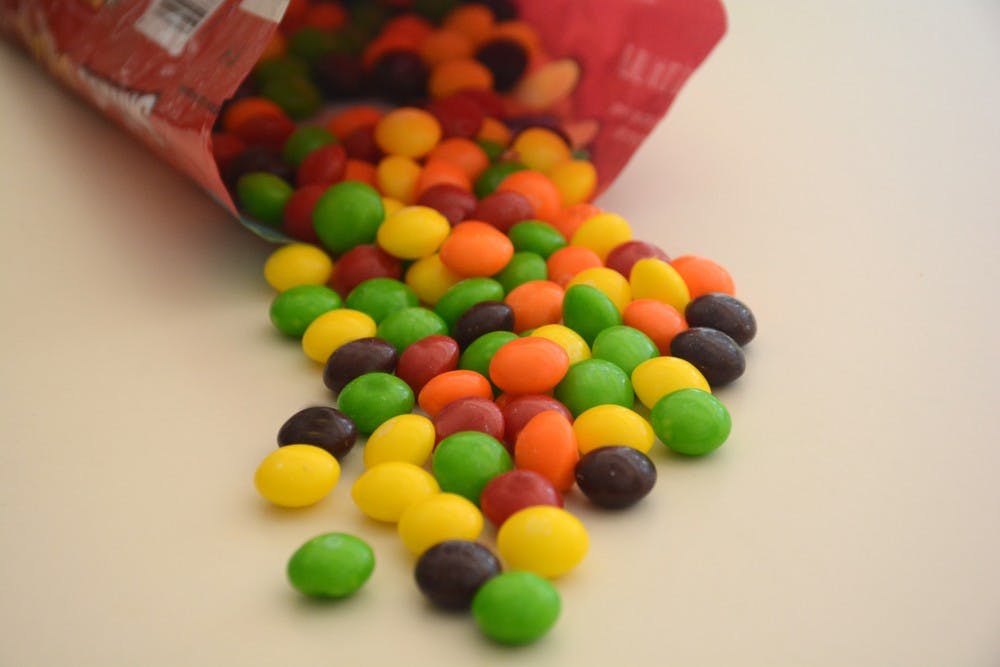When Edward Egelman, professor of biochemistry and molecular genetics, set out to research single-celled, pathogenic organisms called archaea about a year ago, he was unsure of what he would find. But Egelman knew he wanted to start with archaea’s pili — tiny hair-like appendages that sprout from their cells. Thanks to Egelman and his lab, the science community now knows that these pili are filled with strengthening sugar molecules that enable archaea to survive in extreme temperatures — like those of volcanic hot springs.
Jerry Wang, a post-doctoral student who researches in Egelman’s lab, says sugar is in fact so strong that it can act like armor, protecting archaea pili from the boiling acid of volcano hot springs.
Yet just a year ago, little was known about pili at all.
“All of these pathogenic bugs that cause disease in humans are relatively harmless without these pili, so this led to the study of pili and our research,” Egelman said.
Egelman’s interest in archaea pili also stemmed from his curiosity about the fundamentals in science. According to Egelman, his lab will tackle everything from treating human diseases to designing new materials. Answering big questions — namely ones that explain how the world works — has motivated him in his academic career, said Egelman.
However, as Egelman and his lab began researching the fundamentals of pili, they discovered an oddity.
“The problem with them was that we couldn’t break them a part using lab techniques,” Egelman said.
Some of these lab techniques included boiling and the use of acid, according to Egelman. Even after these extreme treatments, the pili were still seemingly indestructible, just as they are in nature’s volcanic hot springs.
It was not until a transmission electron cryomicroscopy — a microscope that uses an electron beam to achieve high-quality magnification — revealed a discrepancy in the mass of pili that Egelman and his lab discovered the secret to the pili’s indestructibility.
Egelman and his lab were able to build an atomic model for the pili. From this model, they calculated a probable mass for each pili, but this calculated mass was different from the actual pili mass they observed when weighing samples.
According to Egelman, that is when he and his lab knew that pili’s special “protective armor” –— against his lab’s attempts to break them or the heat of hot springs — was sugar.
“We found out that the reason these are indestructible is that they have sugar molecules chemically bonded to their proteins — glycosylation,” Egelman said. “This makes them resistant to boiling and serves as a protective armor.”
This strengthening sugar is in the same family as the sugar we eat, Egelman explained, meaning there’s an ingredient for strength all around us. The reason why this characteristic has just been discovered within the last year is, in one sense, that it hasn’t entirely just been discovered, according to Egelman.
“People have seen this characteristic of sugar only on an incremental basis,” Egelman said. “People have looked at adding sugars to certain drugs, but we have never seen something so massively covered in sugar as these pili.”
The science behind sugar as a strengthening agent is still to be determined, added Egelman. However, its applications, which Egelman is still careful to say are speculation, have the potential to take the sustainable lifestyle to a new level.
Just as sugar can bind to the protein of pili, so it can with the protein fibers of wool — like in a sweater — as well. And according to Egelman, this process could potentially lead to nearly indestructible fabrics — a measurable win for sustainability efforts worldwide.
While his discovery could contain the answer to the question of a worldwide sustainable clothing initiative, Egelman said that someone has yet to call him about making ultra-strong wool.
Egelman — who was recently elected into the National Academy of Sciences this spring — says these sorts of findings, the ones that work to answer the most fundamental questions and solve the world’s most fundamental problems, will continue to inspire his research on macromolecular complexes in the future.
“It’s wonderful to be able to explore these very basic questions, being driven largely by curiosity, and then find practical solutions,” Egelman said.
According to Wang, Egelman encourages the scientists in his lab to explore their curiosity, as well.
“[Egelman] spent a lot of time in lab, being very supportive on everything,” Wang wrote in an email statement to The Cavalier Daily. “He even went to the bookstore with me on my [first] day to buy me an iMac to use in lab. He also put me in the speaker list in some major conferences in the field.”
Egelman’s passion for big questions can be contagious, as Tatiana Kennedy — a rising second-year College student and chemistry major who currently works in a lab herself performing neuroscience research — shares Egelman’s passion after learning about his research.
“I’m 100 percent inspired by [Egelman’s research],” Kennedy said. “Because I’m studying chemistry, the fact that we can figure out things about chemicals that were discovered so long ago is amazing to me … It makes me excited to use what I have learned to create new things.”







